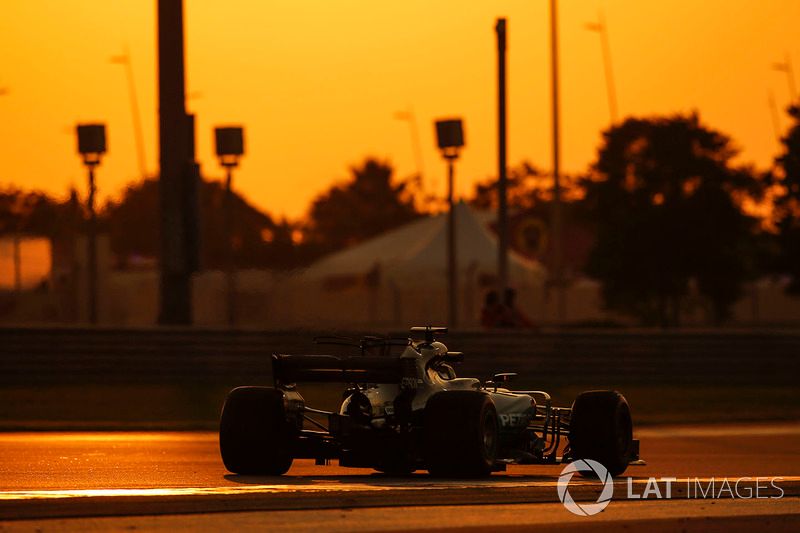
Explaining the science behind F1 simulation
The power to test a Formula 1 car 'virtually' has become critically important over time, especially during an era of ever-tightening restrictions. Pat Symonds explains how it works - and how close it is to the real thing...

Motorsport.com's Prime content
The best content from Motorsport.com Prime, our subscription service. Subscribe here to get access to all the features.
Simulation is nothing new in engineering. In ancient times much was done by trial and error, but it wasn't long before we realised calculation could not only reduce the amount of error but also lead to more efficient design. Galileo famously calculated the properties that determined the strength of a cantilever beam in the early 17th century and proved his calculations by means of simple experiments.
This led to many protagonists of what was then called the 'natural sciences' - people such as Isaac Newton - to explore the relationship between mathematics and the physical phenomena they found all around them.
Share Or Save This Story
Subscribe and access Motorsport.com with your ad-blocker.
From Formula 1 to MotoGP we report straight from the paddock because we love our sport, just like you. In order to keep delivering our expert journalism, our website uses advertising. Still, we want to give you the opportunity to enjoy an ad-free and tracker-free website and to continue using your adblocker.









